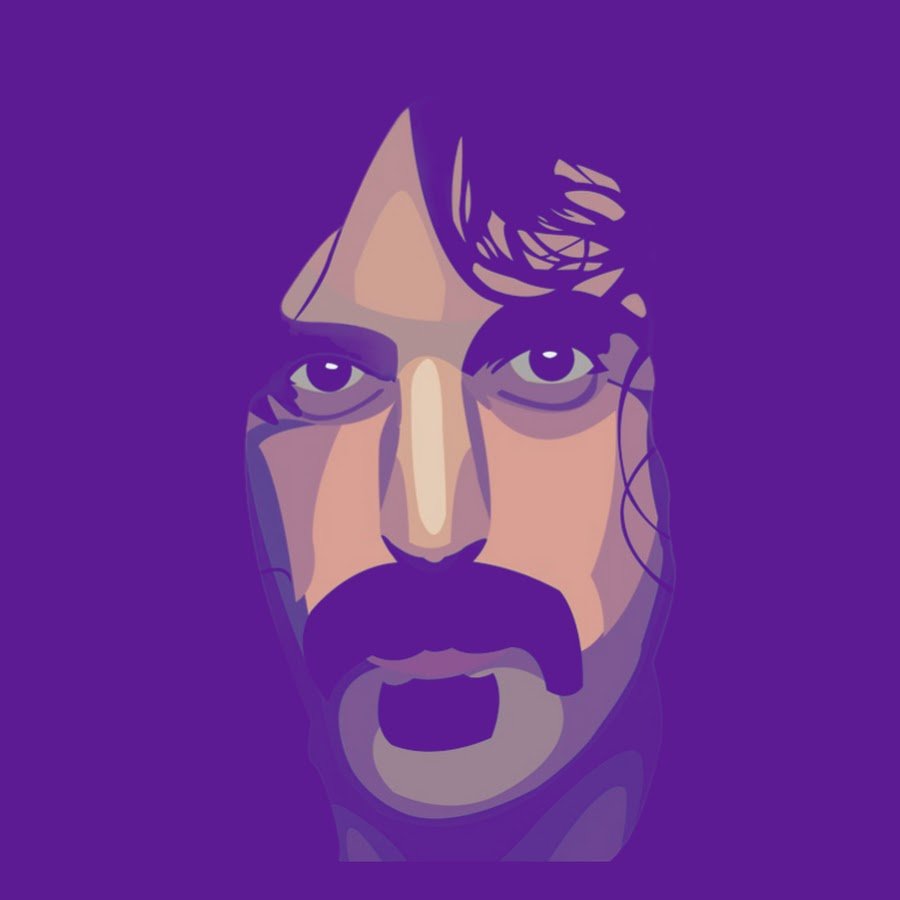Bob and Ben explore McLuhan’s ideas that the medium is the massage and the user is the content. The discussion centers around how Twentieth Century artists like Frank Zappa interact with their medium and how this interaction shapes the art itself.
McLuhan scholar Bob Dobbs in conversation with music writer and marxist Ben Watson, author of Frank Zappa: The Negative Dialectics of Poodle Play.
00:00 – Introduction
01:03 – The Medium and Its Message
When an artist truly understands their medium, they can convey a message without traditional content. “Finnegans Wake” by James Joyce and its unconventional approach.
02:32 – Comparing Artists and Their Intentions
The speakers compare and contrast the works of James Joyce, Frank Zappa, and John Cage. They discuss the idea of “saying nothing” as a form of art.
04:31 – Dialectic of Form and Content
The dialectical relationship between form and content in art. The dangers of focusing solely on form and neglecting content, and vice versa.
06:18 – Role of the Artist and the Medium
McLuhan’s idea that the user is the content. How artists interact with their medium and how this interaction shapes the art itself.
08:08 – Modern Art and Media Consumption
New York Wits, including James Thurber and Dorothy Parker, and their influence on modern art. These figures may overshadow more significant artists like Joyce and Proust.
19:55 – Role of Art in Society
Art as a superficial layer of society / self-deception. McLuhan’s perspective on art, especially his critique of the New York Wits, the transformative power of genuine art.
21:11 – Influence of Wyndham Lewis on McLuhan
McLuhan’s shift in perspective after their meeting. Lewis’s work and how it shaped McLuhan’s views on art and media.
23:40 – Evolution of McLuhan’s Views on Art
The changing media landscape. Commodification of art in the age of television and how McLuhan believed the role of the artist needed to adapt.
25:50 – Challenge of Categorizing Art and Artists
Categorizing art and artists in an ever-evolving media environment. Resistance of artists to being labeled.
28:00 – Role of the Critic
The importance of open and critical dialogue. Value of challenging artists to articulate their intentions and ideas.
30:00 – The Celebrity of Intellectual Figures
Celebrity status of intellectual figures like Slavoj Žižek and their influence on contemporary discourse. Challenges and opportunities presented by these figures in shaping public perceptions of art and media.
39:35 – Influence of Media Environment
Everyone is immersed in a television environment. Influence of media on shaping perceptions and the distinction between media representations and actual events.
43:14 – Power of Media vs. Capital
Role of media in shaping perceptions and the underlying forces of capital and exploitation that drive societal structures.
45:32 – Absorption of John Cage’s Ideas
Work and influence of John Cage, particularly his use of “Finnegans Wake.” How Cage’s ideas were absorbed and transformed by the media landscape.
54:40 – Role of Art and Media in Shaping Perceptions
Challenges of distinguishing between media representations and reality. Influence of McLuhan and Cage in shaping contemporary discourse.
54:58 – Conclusion
Recorded April 15, 2009


Leave a Reply
You must be logged in to post a comment.